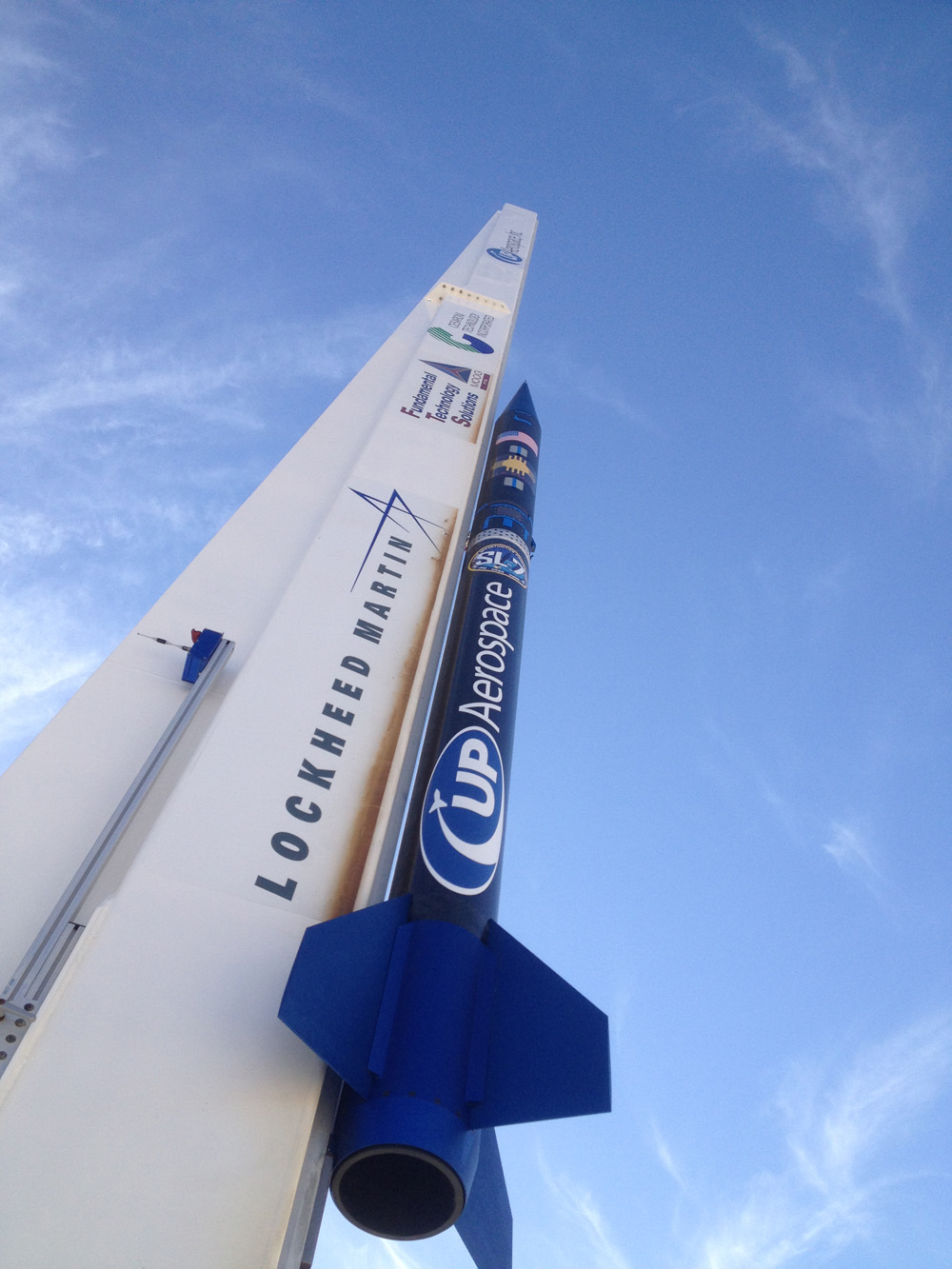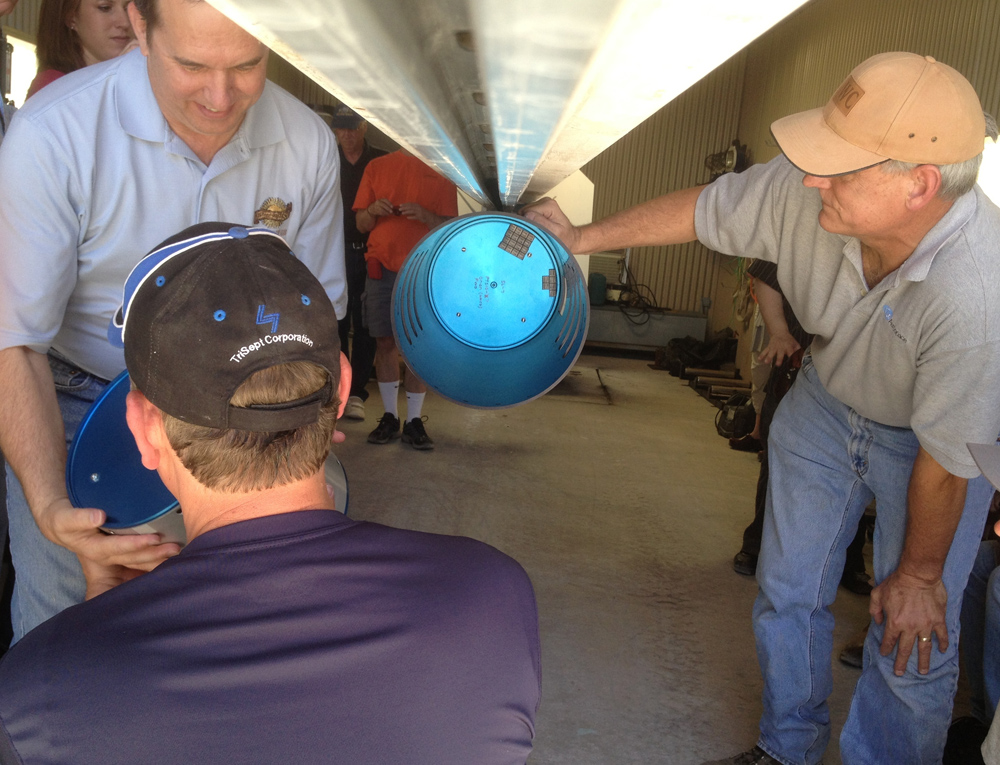
Seven space-technology experiments are slated to blast off Friday (June 21) on a NASA-funded suborbital research flight.
A SpaceLoft sounding rocket, built by Denver-based UP Aerospace Inc., is scheduled to launch from New Mexico's Spaceport America between 9 a.m. and noon EDT (1300 to 1600 GMT) on Friday.
The 15-minute flight is expected to reach a maximum altitude of 74 miles (119 kilometers) and provide up to four minutes of weightlessness for the onboard experiments. Landing is targeted for the U.S. Army's White Sands Missile Range, about 320 miles (515 km) from Spaceport America, NASA officials said.

Among the seven payloads aboard the 20-foot-long (6 meters) rocket is the U.S. Federal Aviation Administration's Automatic Dependent Surveillance-Broadcast (ADS-B), a tracking device being developed for use in air traffic control systems. Current plans call for all aircraft operating in U.S. airspace to be equipped with ADS-B by 2020.
Two high school science experiments are also riding along on Friday's flight, as is Diapason, an instrument developed by DTM Technologies in Italy to study the movement of very tiny particles in Earth's atmosphere. Diapason could help identify and monitor atmospheric pollution and contaminants, NASA officials said.
UP Aerospace isn't the only company with a NASA contract to make technology-testing suborbital research flights. The space agency has also signed deals with Virgin Galactic, Masten Space Systems, Near Space Corporation, XCOR Aerospace, Whittinghill Aerospace and Armadillo Aerospace.
NASA manages such launches via its Flight Opportunities Program, which matches payloads with flights and pays launch costs (though no funds are provided for development of the payloads). The program should help the burgeoning American private spaceflight industry get off the ground, agency officials say.
Get the Space.com Newsletter
Breaking space news, the latest updates on rocket launches, skywatching events and more!
"The Flight Opportunities Program fosters the development of the commercial reusable suborbital transportation industry, an important step in the longer-term path that envisions suborbital reusable launch vehicles evolving to provide the nation with much lower-cost, more frequent, and more reliable access to orbital space," NASA's Flight Opportunities Program website states.
Follow Mike Wall on Twitter @michaeldwall and Google+. Follow us @Spacedotcom, Facebook or Google+. Originally published on SPACE.com.
Join our Space Forums to keep talking space on the latest missions, night sky and more! And if you have a news tip, correction or comment, let us know at: community@space.com.

Michael Wall is a Senior Space Writer with Space.com and joined the team in 2010. He primarily covers exoplanets, spaceflight and military space, but has been known to dabble in the space art beat. His book about the search for alien life, "Out There," was published on Nov. 13, 2018. Before becoming a science writer, Michael worked as a herpetologist and wildlife biologist. He has a Ph.D. in evolutionary biology from the University of Sydney, Australia, a bachelor's degree from the University of Arizona, and a graduate certificate in science writing from the University of California, Santa Cruz. To find out what his latest project is, you can follow Michael on Twitter.









